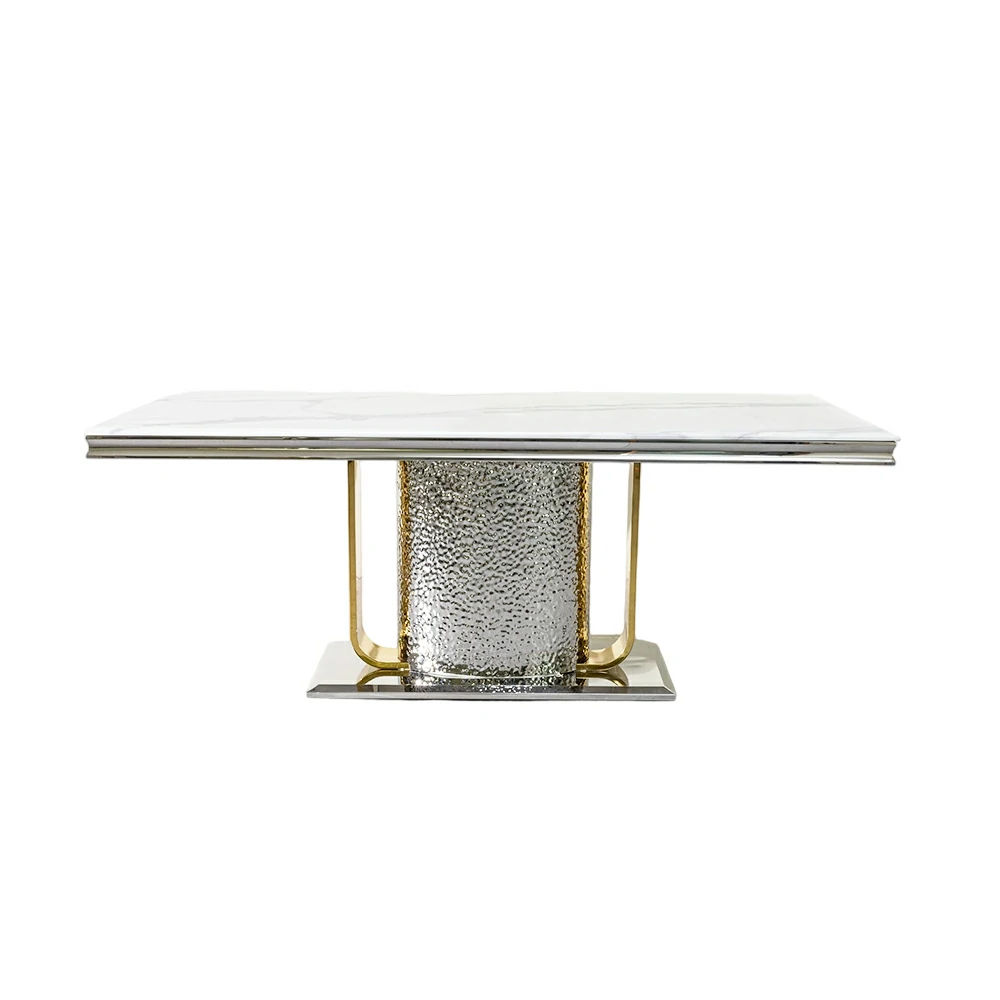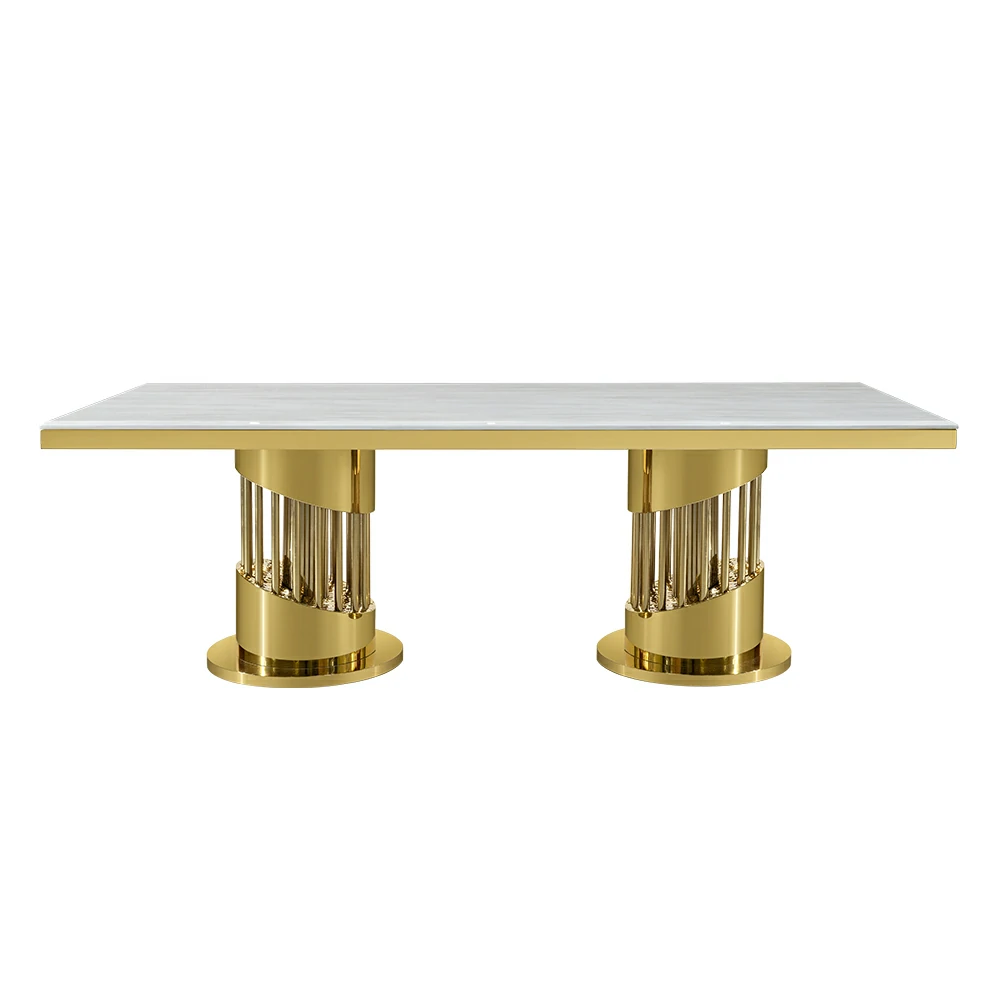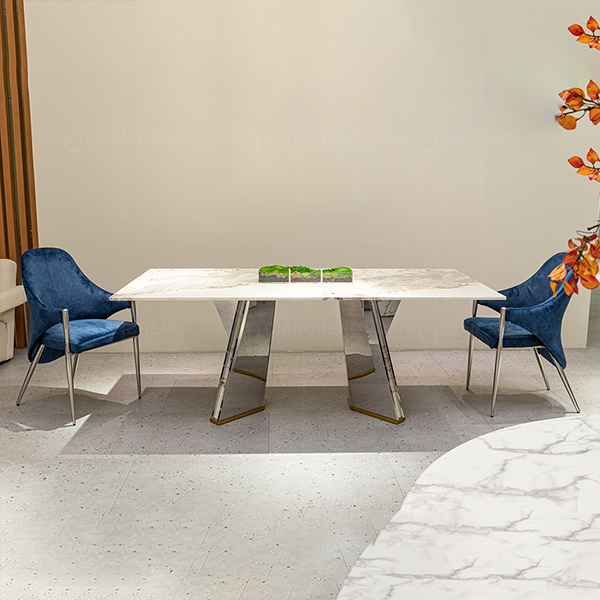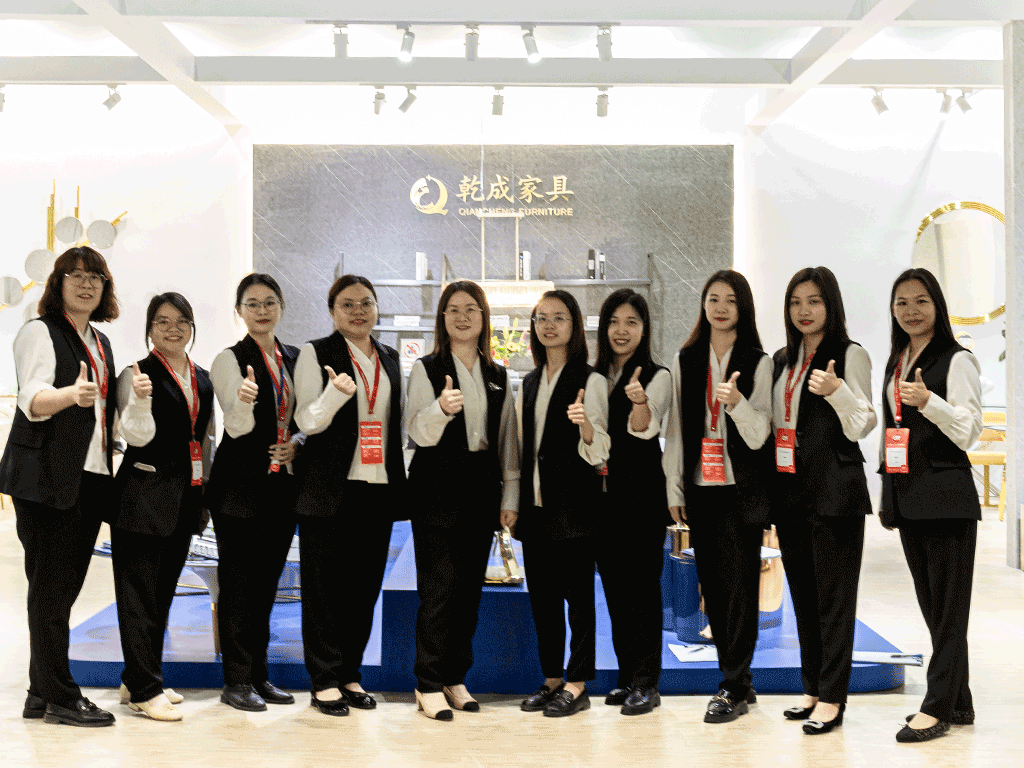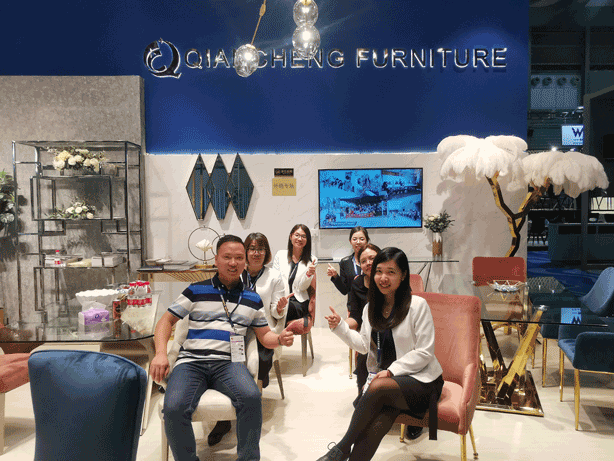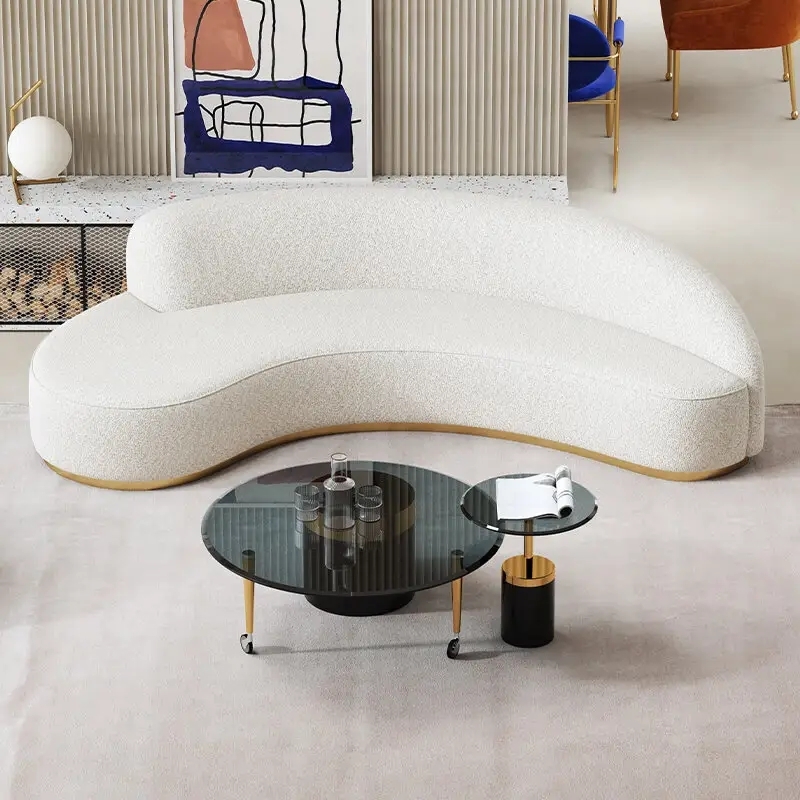The Chinese furniture manufacturing industry is a cornerstone in the global market, wielding significant influence and importance. With a rich history and robust presence, China has emerged as a pivotal player in furniture manufacturing. This industry fuels the domestic economy and significantly impacts the global market dynamics. As the world’s largest furniture exporter, China’s manufacturing prowess shapes trends, influences pricing, and impacts the choices available to consumers worldwide. In this introduction, we delve into this industry’s key aspects, its growth trends, market size, and the indispensable role it plays in the global economic landscape. Understanding the dynamics of Chinese furniture manufacturing is essential for stakeholders navigating the complexities and opportunities inherent in this thriving industry.
Understanding the Chinese Furniture Market
Market Size and Growth Trends
The Chinese furniture market is thriving, fueled by urbanization, increasing disposable incomes, and shifting lifestyles. With a population exceeding 1.4 billion, the market size is significant and continues to grow. There is a noticeable trend in the furniture sector towards premium and customized offerings, mirroring the dynamic preferences of consumers.

Consumer Preferences and Market Demands
In the Chinese furniture market, consumer preferences are undergoing a transformation, blending traditional aesthetics with modern functionality. The expanding middle class is driving a heightened demand for furniture that is not only high-quality and durable but also aesthetically pleasing. The rise of e-commerce platforms is evident as consumers prioritize convenience and diverse choices. Sustainability and eco-friendly materials are increasingly vital factors for environmentally conscious consumers.
Regulatory Environment and Standards
Navigating the Chinese furniture market requires attention to a multifaceted regulatory landscape, encompassing safety standards, labeling requirements, and environmental regulations. Adhering to these standards is imperative for market entry and sustained success. Government initiatives promoting sustainable practices and ensuring compliance with quality standards are shaping the industry.
Factors Influencing China Furniture Manufacturing
Raw Materials and Sourcing
- Wood:
China’s furniture manufacturing heavily relies on wood as a primary raw material. Sustainable forestry practices and efficient sourcing are vital considerations to address the growing demand while ensuring environmental responsibility.
- Metal:
Metal components play a crucial role in furniture production. The availability and cost of metals, such as steel and aluminum, impact manufacturing decisions. Strategic sourcing and material innovation contribute to the industry’s competitiveness.
- Upholstery Materials:
The sourcing and availability of upholstery materials, including fabrics and foams, influence the design and production of furniture. Manufacturers must adapt to changing trends and consumer preferences in material choices.
Labor Force and Manufacturing Capabilities
The skilled labor force in China significantly influences furniture manufacturing. Availability, skill levels, and labor costs are pivotal in determining the industry’s efficiency and competitiveness. Continuous workforce training is essential for maintaining manufacturing excellence.
Technological Advancements and Automation
Integrating advanced technologies and automation has become a key driver of efficiency in China’s furniture manufacturing. Robotics and smart manufacturing processes enhance precision, reduce costs, and contribute to overall productivity in the industry.
Economic Factors Affecting the Industry
China’s furniture manufacturing is susceptible to economic factors such as inflation, exchange rates, and market demand fluctuations. Economic stability, government policies, and global market trends impact the industry’s growth and competitiveness. Strategic planning is essential to navigate these economic variables effectively.
Popular Furniture Categories
Residential Furniture
- Bedroom:
The bedroom furniture category includes beds, dressers, nightstands, and wardrobes. Design trends focus on creating comfortable and aesthetically pleasing spaces, with considerations for storage and functionality.
- Living Room:
Living room furniture encompasses sofas, chairs, coffee tables, and entertainment units. Designs often prioritize comfort and style, with modular and multifunctional pieces gaining popularity to adapt to diverse living spaces.
- Dining Room:
Dining room furniture includes dining tables, chairs, buffets, and cabinets. Trends emphasize functionality and design aesthetics, focusing on creating inviting spaces for gatherings and meals.
Commercial Furniture
- Office Furniture:
Office furniture comprises desks, chairs, storage solutions, and conference room furnishings. Ergonomic designs and collaborative workspace solutions are prevalent in modern office furniture to enhance productivity and employee well-being.
- Hospitality Furniture:
Hospitality furniture caters to hotels, restaurants, and other public spaces. It includes seating, tables, and decor elements designed for durability, comfort, and a welcoming ambiance.
- Retail and Display Furniture:
Retail and display furniture focuses on showcasing products in stores. Shelving units, display cases, and checkout counters are key components, with an emphasis on both functionality and visual appeal to enhance the retail experience.
Design Trends and Innovations
Contemporary Styles
Contemporary furniture design emphasizes clean lines, minimalism, and functional aesthetics. Neutral color palettes, sleek materials, and innovative shapes characterize this style, catering to a modern and versatile living environment.
Sustainable and Eco-Friendly Designs
Growing environmental consciousness has led to a surge in sustainable furniture design. Manufacturers are adopting eco-friendly materials, such as recycled wood and reclaimed metals, to create environmentally responsible pieces. Sustainable practices throughout the production process are also gaining prominence.
Integration of Smart Technology
Furniture increasingly incorporates smart technology to enhance functionality and convenience. Items like smart sofas with built-in chargers, adjustable lighting, and furniture with integrated voice-controlled systems are becoming popular, reflecting the demand for interconnected living spaces.
Customization and Personalization Trends
Customization is a prevailing trend that allows consumers to personalize furniture to their preferences. From modular sofas with adjustable configurations to personalized finishes and fabrics, the emphasis is on creating unique and tailored pieces that resonate with individual tastes and lifestyles.
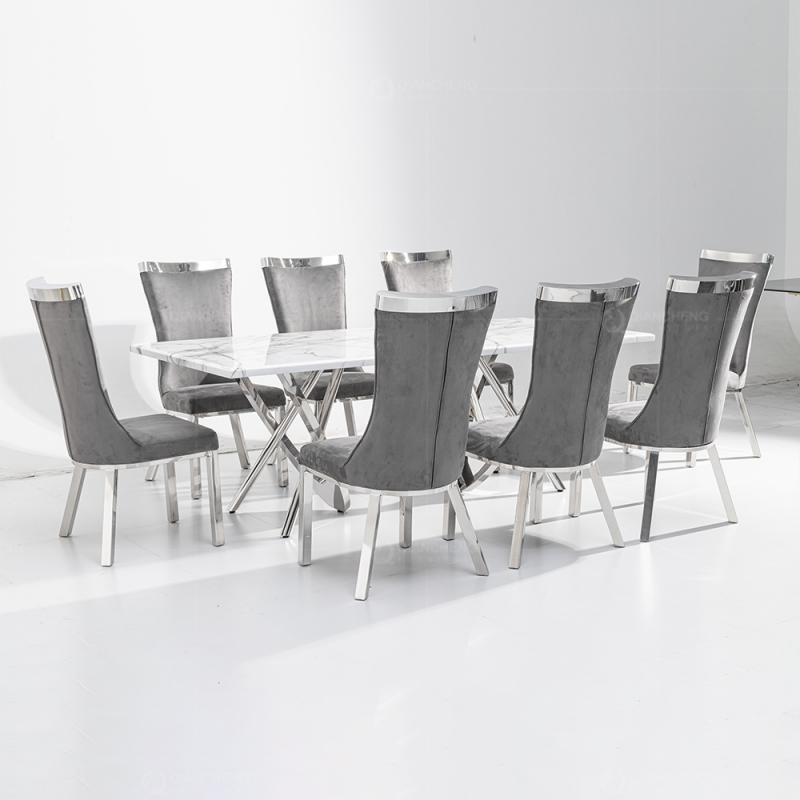
Challenges and Opportunities
Supply Chain Challenges
The furniture industry grapples with global supply chain disruptions, including issues like raw material shortages, transportation bottlenecks, and geopolitical uncertainties. These factors can impede production timelines and escalate costs. Mitigating these challenges requires adept supply chain management and implementing diversification strategies.
Quality Control Issues
Consistently ensuring high-quality standards throughout the production process is a paramount challenge. Fluctuations in material quality, production standards, and craftsmanship can impact the reputation of manufacturers. To uphold and enhance product quality, rigorous quality control measures, routine inspections, and ongoing employee training are indispensable.
Environmental Sustainability
Increasing pressure on the furniture industry to adopt eco-friendly practices challenges balancing consumer demands for sustainability with cost considerations. Nevertheless, embracing sustainable sourcing, eco-conscious manufacturing processes, and recyclable materials addresses consumer expectations and provides opportunities to contribute to environmental conservation.
Emerging Opportunities in the Global Market
The furniture industry’s global expansion opens up avenues for growth, especially in the era of e-commerce and heightened connectivity. Seizing opportunities in international markets requires understanding diverse consumer preferences, adherence to global standards, and adopting effective digital marketing strategies.
Key Considerations for Buyers
Finding Reliable Manufacturers
Identifying trustworthy manufacturers is crucial for buyers. Researching and vetting potential suppliers based on their reputation, production capabilities, and customer feedback ensures a reliable partnership for quality products.
Quality Assurance and Testing
Buyers must prioritize quality assurance and testing protocols. Ensuring that products meet stringent quality standards through testing and inspections guarantees customers the delivery of durable and satisfactory furniture.
Negotiating Pricing and Terms
Effective negotiation of pricing and terms is essential for achieving favorable agreements. Buyers should seek competitive pricing, transparent terms, and incentives for bulk orders, fostering mutually beneficial relationships with manufacturers.
Logistics and Shipping Considerations
Logistics and shipping logistics play a pivotal role in the procurement process. Buyers need to consider shipping costs, delivery timelines, and the reliability of logistics partners to ensure smooth and timely delivery of furniture products.
Case Studies
Foshan Qiancheng Furniture Co., Ltd
With a legacy spanning over 13 years, Foshan Qiancheng Furniture Co., Ltd has emerged as a global leader in luxury furniture manufacturing. Leveraging six large laser-cutting machines, the company offers an all-encompassing one-stop solution.
Innovative Designs and Solutions
The company distinguishes itself by providing complimentary samples, product design, and package design. A dedicated R&D team continuously introduces fresh and innovative designs, staying at the forefront of the industry.
Quality Assurance and Customer Satisfaction
Qiancheng upholds rigorous quality standards with a 100% inspection service and a commitment to on-time delivery. Penalty agreements for delays underscore their dedication to customer satisfaction, contributing to an impressive over 95% repurchase rate.
Global Presence and Market Expansion
Collaborating with distributors and wholesalers in 60 countries, including the United States, Canada, the United Kingdom, South Africa, Mexico, Germany, and Japan, Qiancheng Furniture has strategically expanded its global presence. Participation in major industry exhibitions like the Shanghai Furniture Exhibition and Guangzhou Furniture Exhibition has further showcased their products on an international stage.
Future Outlook and Industry Predictions
Anticipated Trends in the Coming Years
The furniture industry is set to witness ongoing trends with a sustained emphasis on sustainability, driving an increased demand for eco-friendly materials. The customization trend is expected to intensify further, tailoring products to individual preferences. Additionally, integrating smart technology into furniture design is anticipated to expand, promising enhanced functionality and an enriched user experience.
Potential Disruptions and Opportunities
The furniture industry faces potential disruptions from global supply chain challenges, underscoring the importance of resilient and adaptable business models. Opportunities abound in venturing into emerging markets, embracing the digital realm of e-commerce, and harnessing the potential of innovative materials and production methods.
The Role of Technology in Shaping the Future
Technology is positioned as a pivotal force in shaping the future of the furniture industry. Anticipated advancements include the adoption of augmented reality (AR) for virtual product trials, the integration of advanced manufacturing processes, and the promoting of sustainable practices through technological innovations. This transformative landscape presents both challenges and opportunities for industry stakeholders.
In Sum
In 2024, the Chinese furniture manufacturing industry stands at the forefront of global trends, embracing sustainability, customization, and technological integration. With success stories like Foshan Qiancheng Furniture Co., Ltd leading the way, the industry navigates challenges such as supply chain disruptions with resilience. Anticipating future trends, the focus remains on eco-friendly materials and innovative designs. As technology reshapes the landscape, the outlook is dynamic, promising both challenges and opportunities for manufacturers, while global expansion and strategic adaptation position China as a key player in the evolving furniture market.


.jpg)
